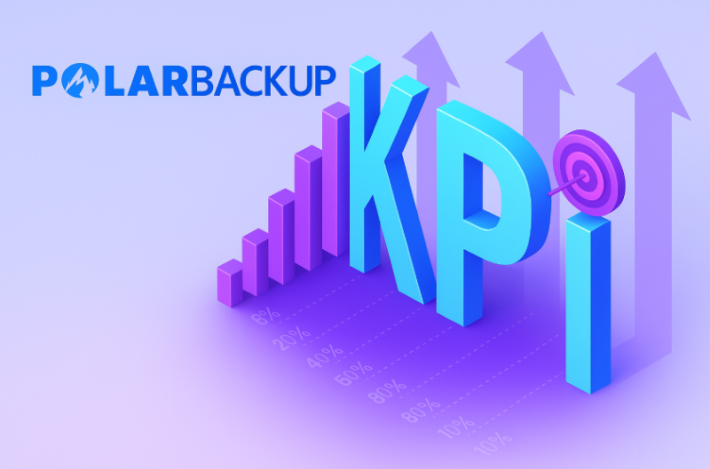Mid‑Year Backup Audit 2025: Confronting Data Risk Trends with Confidence

As we approach the midpoint of 2025, organizations face a growing array of data threats—from increasingly sophisticated ransomware attacks to subtle SaaS data loss. A mid-year backup audit is no longer optional—it’s a necessary step in strengthening business resilience and ensuring data integrity.
This guide outlines how to conduct an effective mid-year audit of your backup strategy while highlighting 2025’s most pressing data risks and the role of robust solutions like Polarbackup.
Why Conduct a Mid-Year Backup Audit?
Mid-year is a strategic checkpoint. By June, your organization has collected substantial data, adjusted workflows, and perhaps onboarded new platforms. A mid-year backup audit enables you to:
- Evaluate the effectiveness of your current backup practices.
- Identify gaps introduced by new tools, users, or regulations.
- Mitigate risks before Q4, when cyberattacks and data loads typically peak.
2025’s Emerging Data Risk Trends
1. Ransomware Resurgence
Ransomware has grown more evasive in 2025, targeting both enterprise infrastructure and cloud-stored data. Attackers exploit weak or outdated backups, rendering traditional recovery plans ineffective. (Learn more)
2. SaaS Data Loss
Data stored in platforms like Google Workspace or Microsoft 365 is not immune to human error, overwrites, sync failures, or misconfigurations. Native retention policies may not suffice, underscoring the need for dedicated third-party backups. (Learn more)
3. Shadow IT and Unmonitored Devices
With hybrid work models in full swing, data is increasingly generated on unmanaged endpoints or unauthorized apps. These endpoints often fall outside standard backup policies, introducing compliance and recovery challenges. (Learn more)
Mid-Year Audit Checklist
Here are five key actions to perform during your 2025 mid-year backup audit:
✅ Review Backup Schedules and Frequency
Ensure your scheduled backups align with current data volumes and business needs. Missed backups should trigger alerts. (Learn more)
✅ Validate Restore Points
Test recovery processes and check that restore points are accessible and functional. Confirm that cold storage files are retrievable. (Learn more)
✅ Identify Data Silos
Audit all devices, users, and SaaS tools to ensure data is not being excluded due to lack of visibility or unsupported sources. (Learn more)
✅ Check Versioning and Retention Policies
File versioning protects against unwanted edits or ransomware encryption. Make sure policies match your compliance requirements. (Learn more)
✅ Evaluate Backup Security
Backup data should be encrypted, access-controlled, and monitored. Polarbackup ensures AES-256 encryption and secure user management. (Learn more)
Why Polarbackup Is Ideal for Mid-Year Audits
Polarbackup is a cloud backup platform designed for both home and enterprise users. Its features are tailored to meet modern data protection needs:
- Smart Mode & Hybrid Backup Options for optimized speed and reliability.
- Advanced Data Deduplication and compression to avoid redundancy and save space.
- Policy Controls for centralized management of backup behaviors and user permissions.
- Cold Storage and Vault Options to preserve archival data affordably and securely.
- Restore from Anywhere functionality, even on new or replacement machines.
Final Thoughts
The mid-year backup audit is your opportunity to harden defenses, fine-tune strategies, and prepare for the risks still to come in 2025. The rising tide of ransomware, SaaS vulnerability, and shadow IT makes it essential to act now—not later.
With Polarbackup, you can execute a comprehensive audit and transform your backup from a passive repository into a proactive shield against data loss.
Don’t wait until the end of the year to discover vulnerabilities—address them today.



